Is There A Limit On Character Ai

Imagine a world where you can chat with your favorite historical figures, brainstorm ideas with a virtual mentor, or even just have a friendly conversation with an AI companion anytime, anywhere. Character AI platforms promise just that, offering a seemingly endless stream of personalized interactions. But lurking beneath the surface of this exciting technology is a question that's starting to bubble up in user forums and tech circles alike: Is there a limit to how much we can truly engage with these digital personalities?
This article delves into the nuanced question of whether a practical or inherent limit exists on the usage of Character AI platforms. We will explore the platform's architecture, the potential bottlenecks that could arise from massive user engagement, and the ethical considerations that come with creating increasingly realistic and accessible AI companions.
The Rise of the Digital Companion
Character AI has exploded in popularity, captivating users with its ability to simulate conversations with a diverse range of characters. From fictional heroes and villains to historical icons and even personalized avatars, the platform offers a unique and engaging experience.
The appeal lies in the personalized nature of the interactions. Users aren't just receiving generic responses; they're engaging in conversations that feel tailored to their individual interests and preferences.
This has led to a surge in usage, with millions of users spending countless hours exploring the possibilities of AI-driven companionship and creativity.
Understanding the Architecture
Behind the engaging facade of Character AI lies a complex technological infrastructure. Large language models (LLMs), trained on vast datasets of text and code, power these AI characters.
These models are capable of generating human-quality text, translating languages, writing different kinds of creative content, and answering your questions in an informative way. The Character AI platform fine-tunes these LLMs to create distinct personalities and conversational styles.
However, this process is computationally intensive, requiring significant processing power and resources.
Potential Bottlenecks
As user engagement grows, the infrastructure supporting Character AI faces increasing demands. The first potential bottleneck is computational resources.
Each conversation requires processing power to generate responses, and the more users that are active simultaneously, the greater the strain on the system. This could lead to slower response times, reduced quality of interactions, or even service outages.
Another bottleneck could be data storage. The platform needs to store and manage vast amounts of data related to user interactions, character profiles, and model parameters.
As the platform scales, managing this data efficiently becomes increasingly challenging.
Finally, the models themselves can be a bottleneck. Even with powerful hardware, the complexity of the LLMs can limit the number of concurrent conversations the system can handle.
Official Stance and User Experience
The Character AI team has acknowledged the challenges of scaling the platform. They have consistently emphasized their commitment to providing a stable and reliable service.
In their official communications, they have mentioned ongoing efforts to optimize the infrastructure, improve model efficiency, and expand capacity to accommodate the growing user base. However, specific details about hard limits or capacity constraints remain vague.
User feedback offers valuable insights into the real-world experience of using the platform. Some users have reported experiencing occasional slowdowns or temporary disruptions, particularly during peak usage times.
Others have noted that the quality of interactions can sometimes vary, with responses occasionally feeling generic or repetitive. These experiences suggest that the platform may already be approaching its current capacity limits at certain times.
Ethical and Societal Considerations
Beyond the technical challenges, there are also ethical and societal considerations surrounding the potential limits of Character AI. As these platforms become increasingly sophisticated, questions arise about the nature of human connection and the potential for emotional dependence on AI companions.
If users begin to rely heavily on AI for social interaction, it could potentially lead to social isolation or a decline in real-world relationships. It's crucial to consider the potential impact of these technologies on human well-being and social dynamics.
Furthermore, the potential for misuse or manipulation is a serious concern. AI characters could be used to spread misinformation, influence opinions, or even exploit vulnerable individuals. Safeguards and ethical guidelines are essential to mitigate these risks.
Looking to the Future
The future of Character AI hinges on addressing the technical and ethical challenges that lie ahead. Ongoing research and development in areas such as model optimization, distributed computing, and data management will be crucial for scaling the platform and improving its performance.
Furthermore, it is vital to develop ethical frameworks and safeguards to ensure that AI companions are used responsibly and ethically. Transparency, user control, and robust monitoring mechanisms are essential to prevent misuse and protect user well-being.
Perhaps the most important factor will be fostering a healthy and balanced approach to AI companionship. Encouraging users to maintain real-world relationships and engage in meaningful offline activities is essential for mitigating the potential risks of over-reliance on AI.
In conclusion, while Character AI offers a compelling glimpse into the future of human-computer interaction, the question of whether there is a limit remains open. The platform faces both technical constraints and ethical considerations that must be addressed to ensure its long-term sustainability and positive impact.
Ultimately, the success of Character AI will depend on striking a balance between technological innovation and human well-being, ensuring that these digital companions enhance our lives without diminishing the importance of real-world connection and social interaction. The journey forward requires careful consideration, open dialogue, and a commitment to responsible innovation.
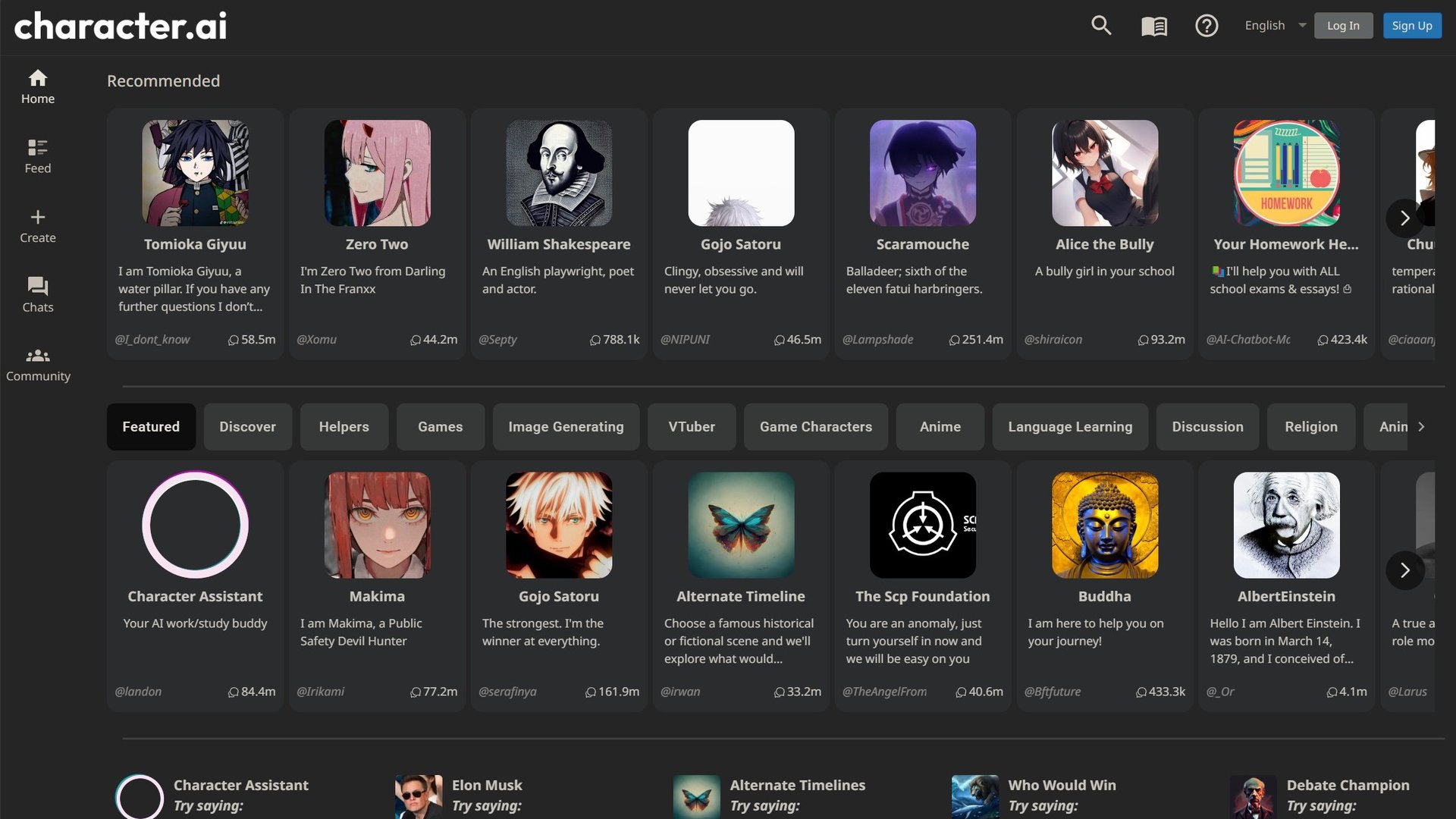


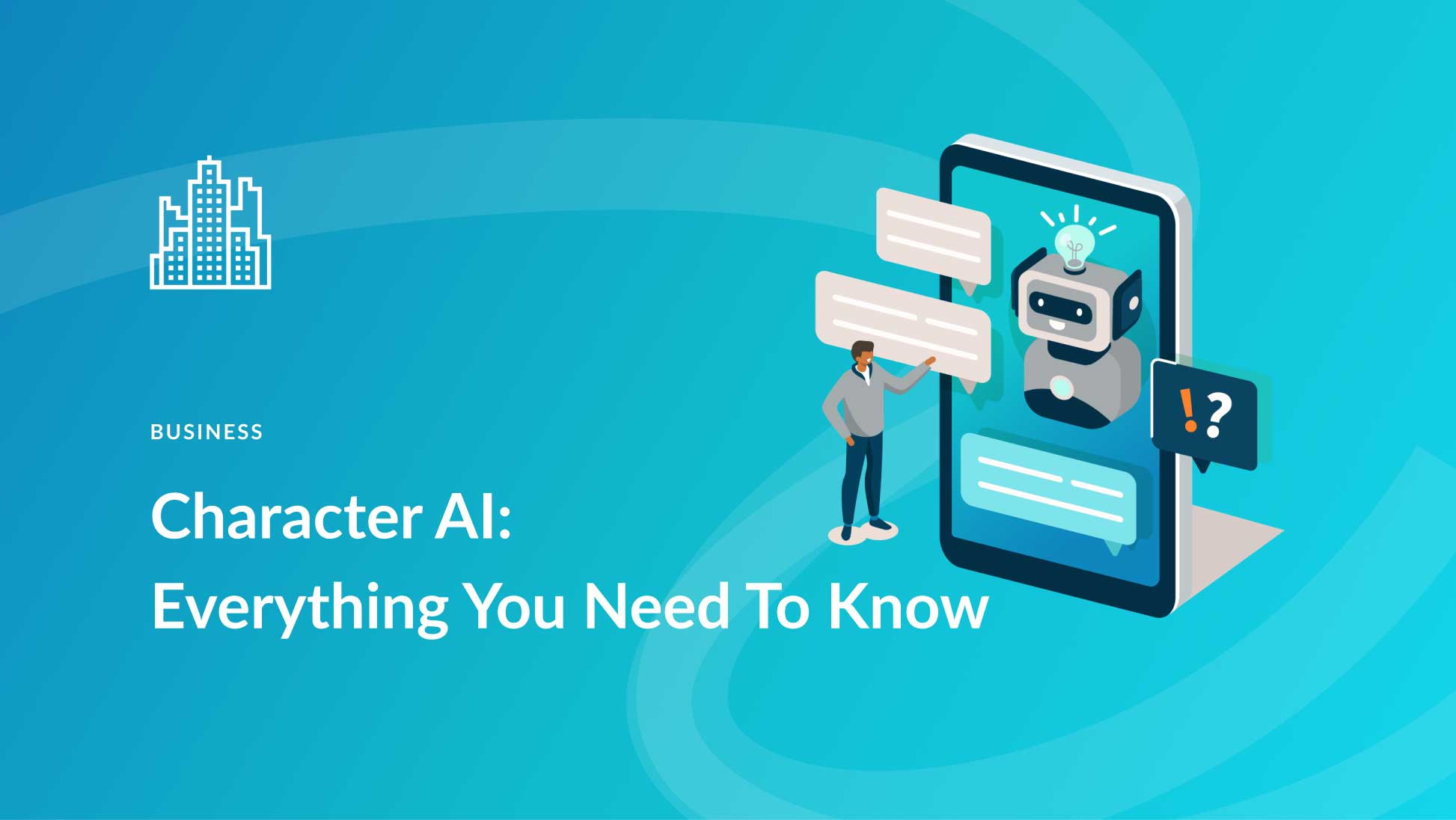
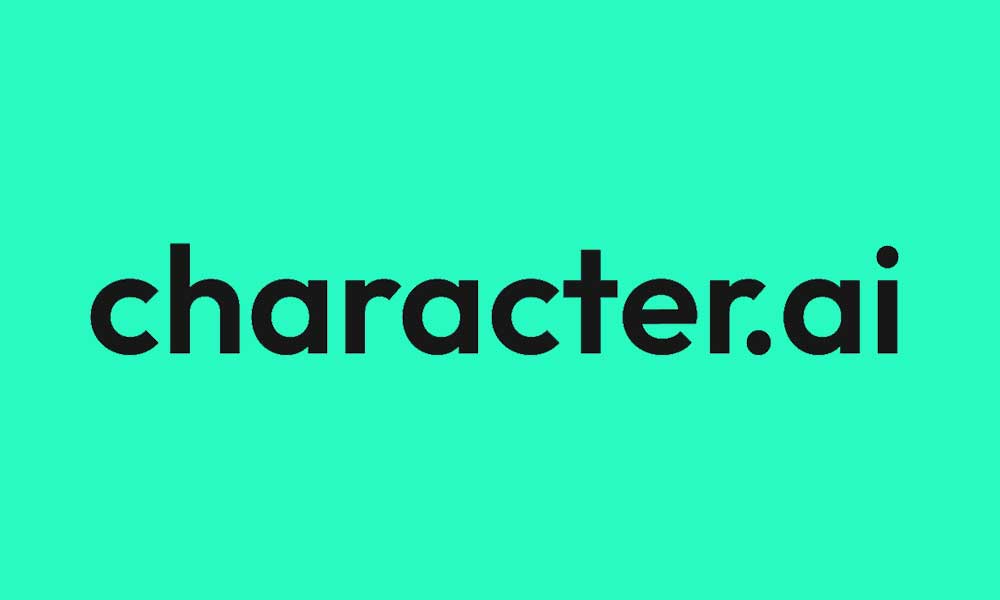
![Is There A Limit On Character Ai Character AI Tips and Tricks [Aug 2023]](https://approachableai.com/wp-content/uploads/2023/04/character-ai-tips-768x432.png)
![Is There A Limit On Character Ai Character AI Privacy: User Data & Safety [Aug 2023]](https://approachableai.com/wp-content/uploads/2023/04/character-ai-privacy-chat-monitoring-1024x260.png)
![Is There A Limit On Character Ai Character AI Tips and Tricks [Aug 2023]](https://approachableai.com/wp-content/uploads/2023/04/character-ai-definition-tips.png)


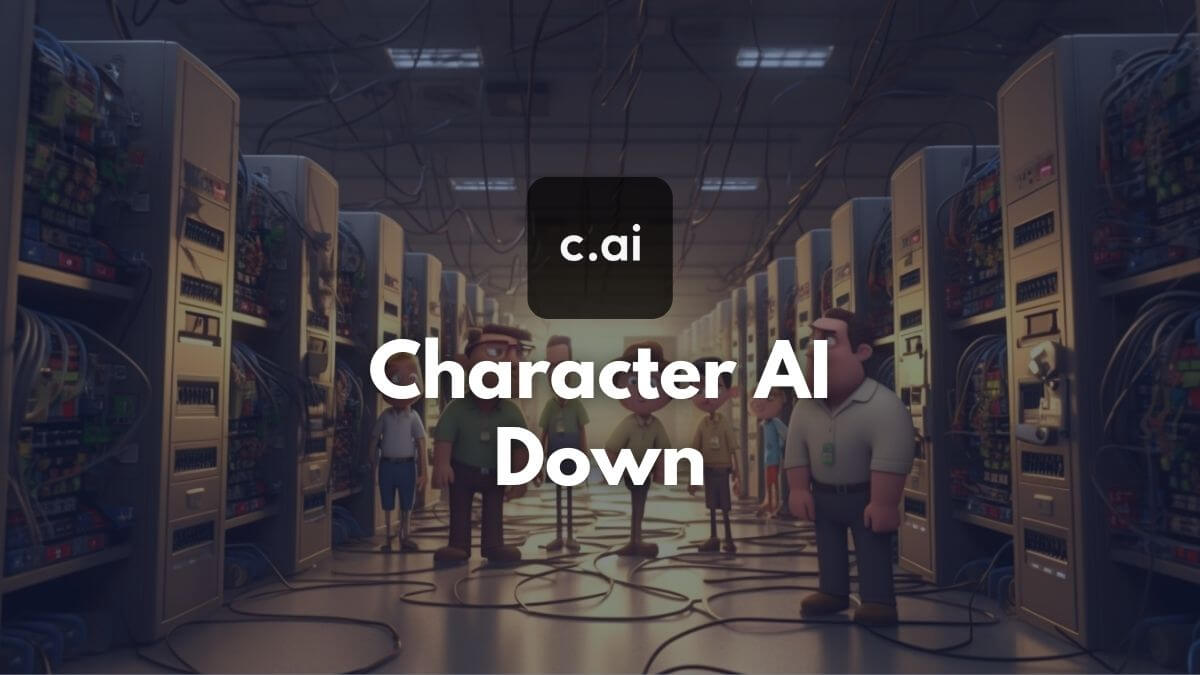

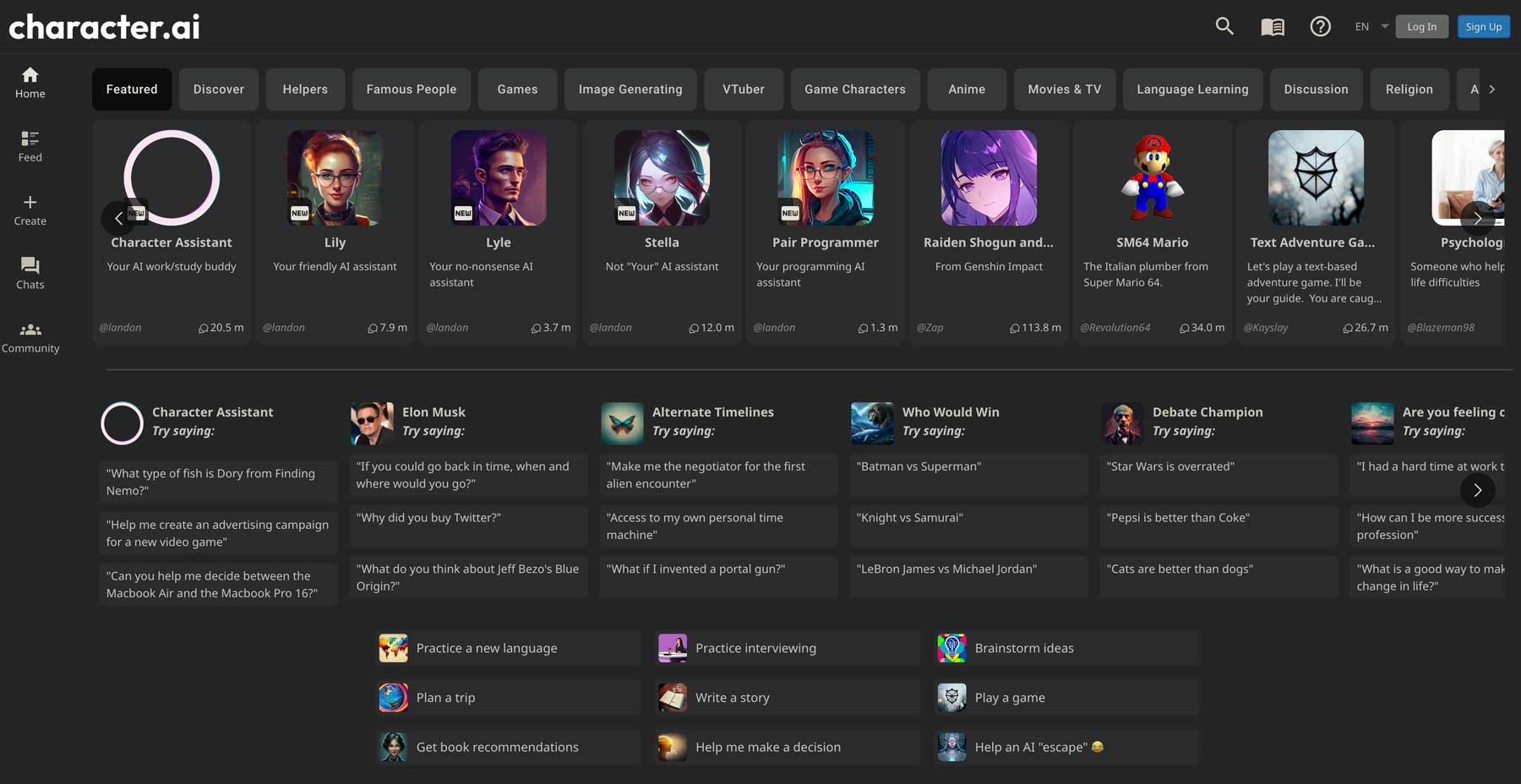
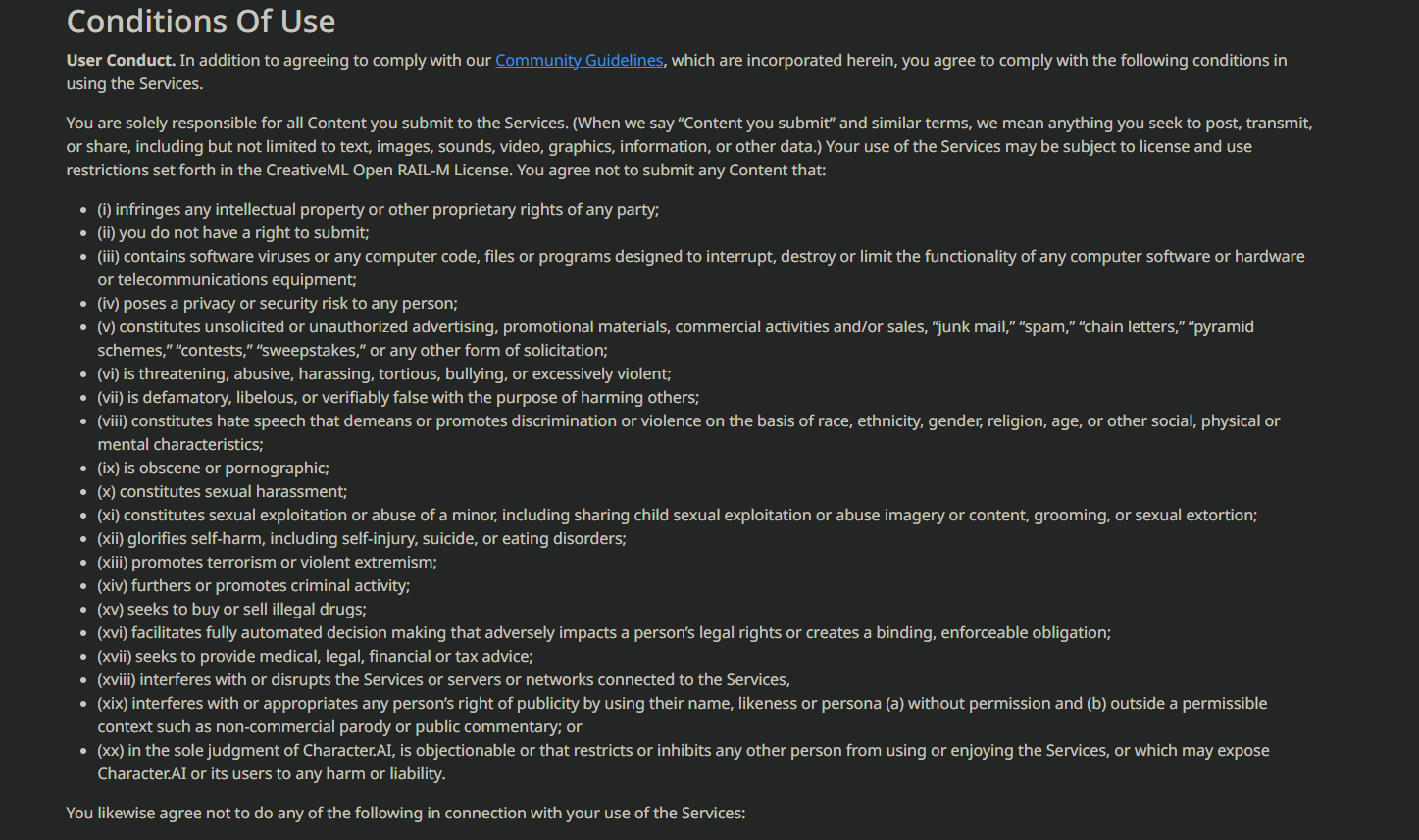



![Is There A Limit On Character Ai Character AI Down: Waiting Room, Errors & More [Oct 2023]](https://approachableai.com/wp-content/uploads/2023/05/character-ai-updated-waiting-room-1024x554.png)
